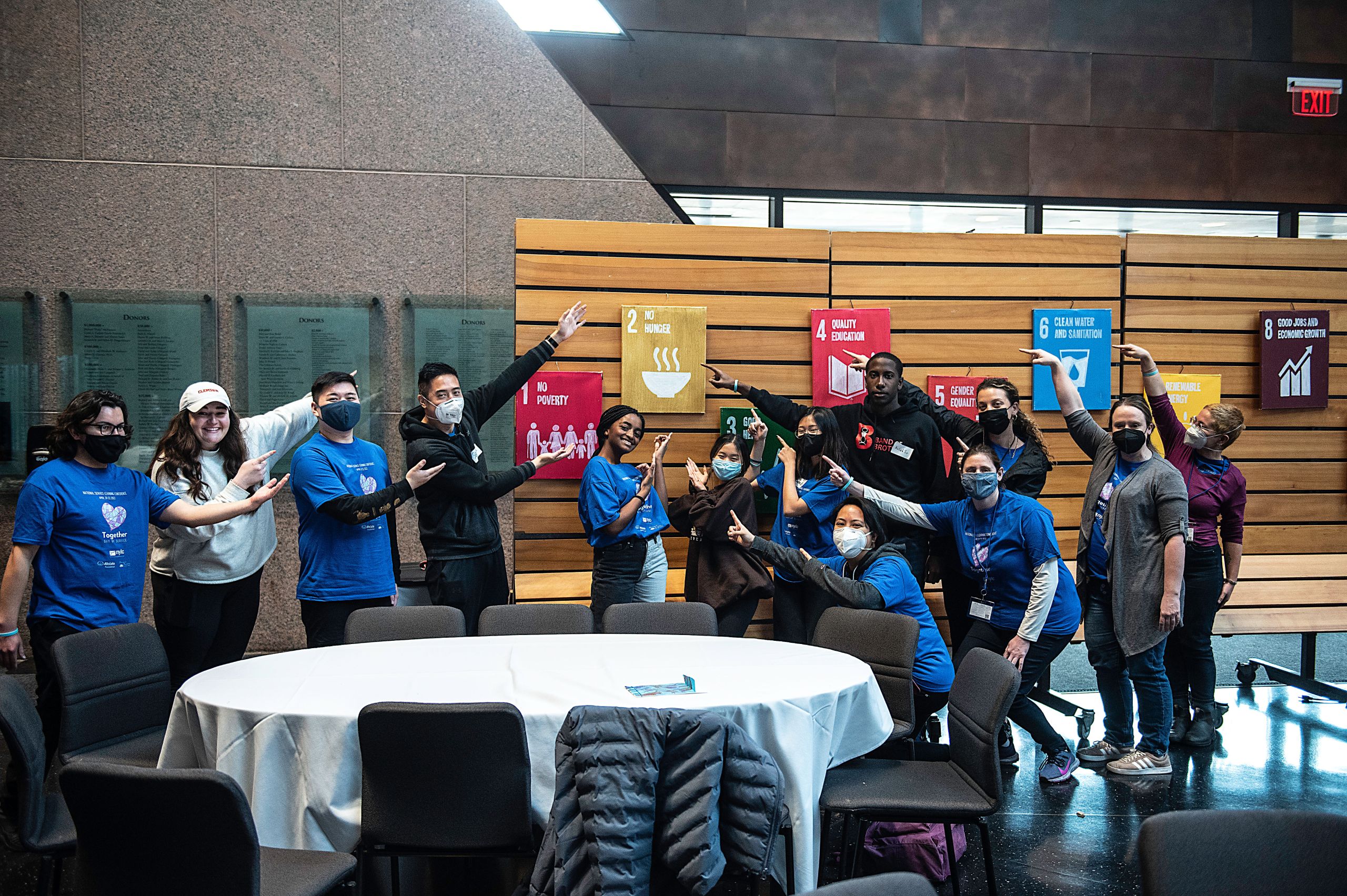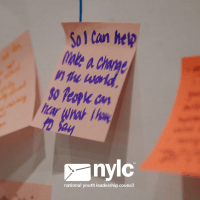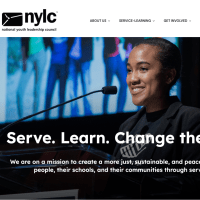By Congressman Brian Baird, Guest Writer
Most colleges and universities have thousands of stories of service to tell, but no public place to tell them. That’s a missed opportunity that can and should be solved in ways that are at once inspiring, affordable, sustainable and can lead to increased enrollment, donations, outcomes, and public engagement. Perhaps surprisingly, that can all be accomplished even in a time of declining enrollments, revenues, and tightened budgets.
Before describing how service stories can be more effectively told on campuses, it’s worth considering that at present there is no signature physical space – no museum, memorial, monument – or any other recognized public location anywhere in our nation to honor and tell the stories of service in ALL its forms. When you consider that the spirit of service to the greater good has been fundamental to our national character since the founding; that an ethic of service over self is essential to the success of any democratic republic – including our own; that service may be one of the few things that can unite people in spite of their differences, and that hundreds of millions of Americans are and have been involved in service in countless different ways, this is a remarkable omission.
The American story of service may be the best story we have to tell as a people and nation, but we are not telling it as well as we should. Colleges and universities already play a vital role in that history and story of service. It is in their best interest and that of their students to also play a major role in telling their service stories both within their own communities and beyond.
WIth the goal of creating a National Museum and Center for Service (NMCFS), a group of experienced professionals have joined together to establish a signature institution, to be located near the National Mall in Washington DC. Our vision is to create a new kind of museum experience. A vibrant, interactive, engaging place that honors not just the work of a few “great men” of the past, but instead brings to life in real time the greatness in spirit and deeds of all people from all walks of life. Whether service is part of one’s profession, as a volunteer, or through contributions, we intend to show how everyone has benefited from the service of others and how everyone can themselves dedicate their own talents, time and resources to give back.
What does that have to do with campuses? While the NMCFS is intended to be a place of prominence in our nation’s capital, not everyone goes to the capital and, more importantly, service is happening everywhere and deserves to be recognized everywhere. Higher education institutions have a unique responsibility to instill the spirit of service in our students and to prepare them with the tools to make a difference. Most campuses already have centers for service learning, and they do admirable work connecting students to service opportunities and coordinating with service agencies. But if we do not demonstrate, prominently and more publicly what that service looks like, who is doing it and why it matters, how can we expect our efforts to inspire service to be as effective as they could be?
Imagine, if every educational institution in the country created ongoing exhibitions telling the story of service in significant places on campus, such as libraries, student unions, dorms, and perhaps even in rec centers or sports stadiums, where people naturally gather or visit. Individual schools or departments could also display the service of their students and faculty in their own buildings. For some programs, like education, nursing, medicine, social work, psychology, public administration etc, this may be obvious, but why not also chemistry, physics, law and business schools, physical education and art? In addition to on-campus exhibitions, imagine if there were also “pop-up” exhibits or installations sharing that story within the towns and cities where campuses are located. All these initiatives would be even more powerful and effective if there were a network of institutions sharing best practices and interfacing with a central national organization and hub to spread the word.
How can this really happen when budgets are so tight? The answer is, incorporate the process of creating and maintaining the Campus Museums and Centers For Service (to coin a title) into nearly every aspect of campus activity – including recruiting, the academic curriculum, student life, alumni relations and donor outreach.
One does not need to seek expensive (and hard to win) grants from a federal agency or have specialized curatorial staff on contract (though if there is a museum science program on campus already, so much the better). The talent pool on campuses is truly incredible. Students and faculty bring skills from art, communication, computer science, architecture, writing etc. Make creation and then maintenance of the CMCFS a multidisciplinary for credit course, provide some stipends, give selected faculty release time. Also, work with local community service organizations to connect them with students and tell their stories. Then make this all an integrated part of your recruiting efforts so visiting students and their families can see that attending your institution can help instill values, provide practical skills and experiences, and, yes, lead to jobs.
Just as service to others brings its own rewards to those who serve, so too, telling the stories of service on our campuses can bring rewards beyond the intrinsic value of the service itself. By creating tangible physical places and virtual museums of service on campus, you will have an even more compelling and tangible demonstration to show donors why what you do, and what they give, matters.




